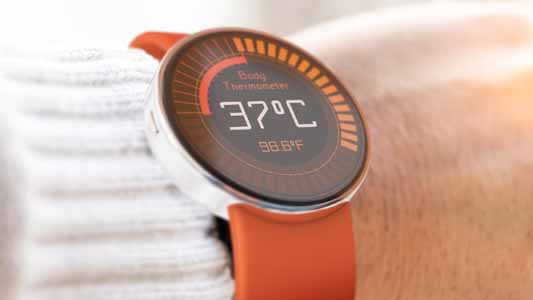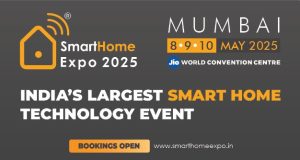Abstract
This article discusses how to choose the right temperature sensor for a specific application. It will provide an introduction to the different types of temperature sensors as well as cover their advantages and disadvan-tages. Lastly, current developments in remote/local sensing that are driving cutting-edge advancements to create more temperature sensors will be discussed.
Introduction
Temperature sensors are essential for a wide range of applications and uses, including consumer electronics, environmental monitor- ing, and industrial processing. To guarantee precise and accurate temperature readings, it is essential to select the correct tempera- ture sensor. Selecting the most suitable temperature sensor can be difficult given the variety of alternatives in the market. This article provides guidance on selecting a temperature sensor best suited to a specific application.
Application
There exists a wide range of temperatures, and it is crucial to specify the temperature range that your application demands. Temperature range, accuracy, power consumption, size limita- tion, communication protocol (SMBus, SPI, I2C, 1-Wire®, etc.), and budget all need to be considered. Each of these requirements helps narrow down the selection of the most appropriate device.
Types of Temperature Sensors
Technically, the most popular four categories of temperature sensors available are:
RTD (resistance temperature detector): RTDs offer excellent accuracy and stability over a moderate temperature range (-200°C to +850°C). If precision is the priority, an RTD is the right choice.
Thermocouple: If a wide range of temperature measure- ments is required for an application, thermocouples are generally used. Their accuracy at high temperatures (-270°C to +1800°C) is low but they are the appropriate choice for high temperature situations.
Thermistor: Thermistors are cost-effective and generally used in consumer electronics. They offer relatively good accuracy over a limited temperature range (-270°C to +1800°C).
Diode-based sensor: Diode-based sensors utilize the volt- age drop across a diode vs. the temperature. They are cost-effective and have limited temperature measurement (-55°C to +150°C), have fast response time, and are smaller than the other three types.
Diode-based temperature sensors can be easily interfaced with a microcontroller, ADC, and ASICS. They have a wide range of applications from consumer electronics, industrial automation, data centers (storage systems), automotive, and many other diverse electronic applications.
Communication
The output of a temperature sensor can be an analog voltage or digital signal. Modern temperature sensors use digital commu- nication such as SMBus, SPI, I2C, and 1-Wire interfaces, offering simple communication with microcontrollers and other digital devices. A 1-Wire interface allows multiple sensors to be con- nected to a single data line.
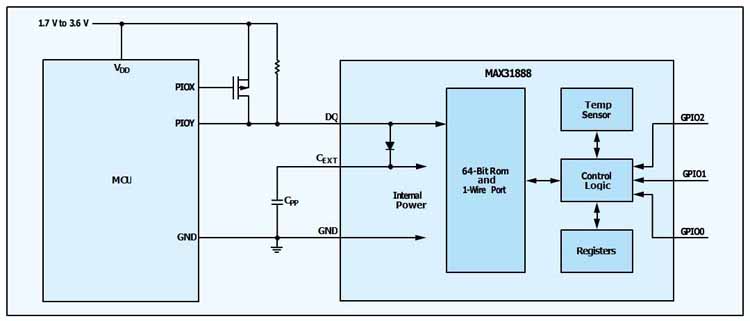
Accuracy
Choosing a temperature sensor that is accurate is essential, especially for applications that require exact temperature read- ings. To achieve this, an RTD or a diode-based temperature sensor using calibration should be chosen. Table 1 shows a list of the latest, most accurate ADI temperature sensors with their communication interface and package.
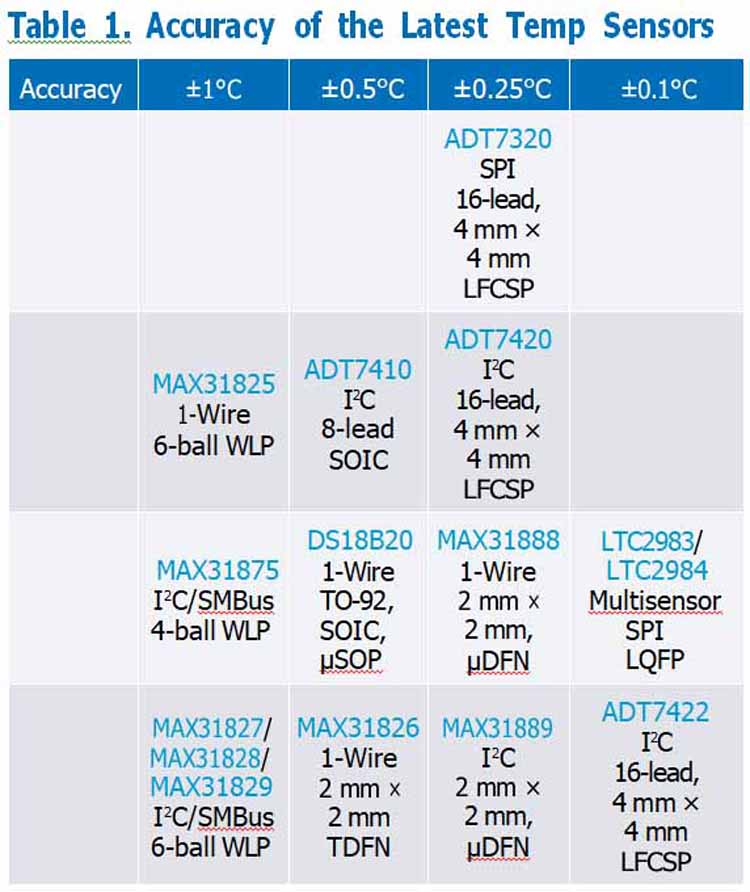
An example of a very accurate temperature sensor, the MAX31888, is shown in Figure 1. It’s a 1-Wire high precision, low power digi- tal temperature sensor with stunning ±0.25°C accuracy from -20°C to +105°C for precision temperature monitoring. The IC consumes 68 μA operating current during measurement and has 16-bit resolution (0.005°C). The sensor communicates with a microcontroller over a 1-Wire bus that requires only one data line (and a ground reference) for communication. In addition, the sensor can derive power directly from the data line through par- asite power, eliminating the need for an external power supply. The MAX31888 is available in a 6-lead μDFN package. The power supply voltage ranges from 1.7 V to 3.6 V for external power sup- plies. The operating temperature range is from -40°C to +125°C.
Power Consumption and Size
In battery-operated devices such as wearables, power con- sumption and size (they go hand in hand) are the key factors for choosing the lowest supply current and smallest device. Low power sensors can reduce the amount of time needed for charging and extending battery life, yet they maintain their accuracy. Figure 2 exhibits the latest low power temperature sensors vs. their accuracy.
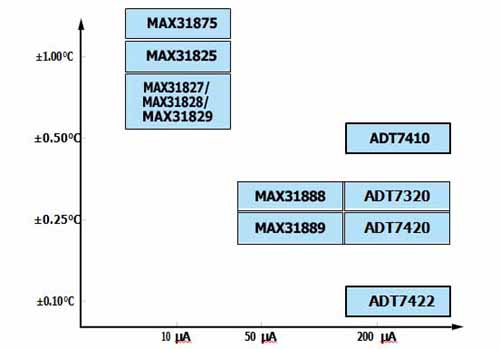
The MAX31875 is a ±1°C accurate local temperature sensor with an I2C/SMBus interface. It uses <10 μA average power supply current. A typical application circuit is shown in Figure 3. The combination of extra small package size, excellent temperature measurement accuracy, and very low supply current consumption makes this product ideal for a variety of equip- ment, especially for battery-operated and wearable devices. The I2C/SMBus-compatible serial interface accepts standard write byte, read byte, send byte, and receive byte commands to read the temperature data and configure the behavior of the sensor. The MAX31875 is available in a 4-ball, wafer-level package (WLP) and operates over the -50°C to +150°C temperature range.
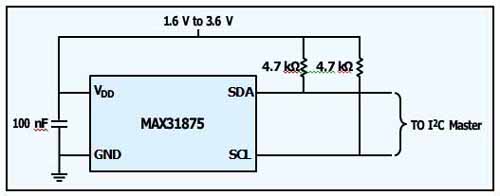
CPU, FPGA, ASIC, etc. (with On-Board Thermal Diode)
In order to safeguard high performance ICs like CPUs, FPGAs, and ASICs, semiconductor manufacturers incorporate a temperature-sensing diode-connected bipolar transistor. Since the thermal sensing transistor is placed on the IC die, the measurement accuracy is significantly higher than with other sensing techniques.
ADI offers several ICs made expressly to detect a thermal diode’s temperature precisely and convert it to digital form. While some of these devices measure just one thermal diode, others can measure up to four or even eight. Figure 4 shows a few of these types of ICs, including the MAX6654, MAX6655/MAX6656, MAX31730, MAX31732, and MAX6581.

With appropriate designing attention and internal and external filtering, remote diode sensors can be widely employed in elec- trically noisy environments such as displays, clock generators, memory buses, and PCI buses.
An example of a remote diode sensor is shown in Figure 5. The MAX31732 is the latest multichannel temperature sensor that monitors its own temperature and the temperatures of up to four external diode-connected transistors. A resistance cancel- lation feature compensates for high series resistance between circuit-board traces and the external thermal diode, while beta compensation corrects for temperature-measurement errors due to low beta sensing transistors.
This device offers two open-drain, active-low alarm outputs, ALARM1 and ALARM2, that monitor the primary over/under tem- perature threshold levels, respectively. A nonvolatile memory (NVM) allows the sensor to program the configuration registers during power up without software/firmware intervention. The 2-wire serial interface accepts SMBus protocols (write byte, read byte, send byte, and receive byte) for reading the temperature data and programming the temperature thresholds.
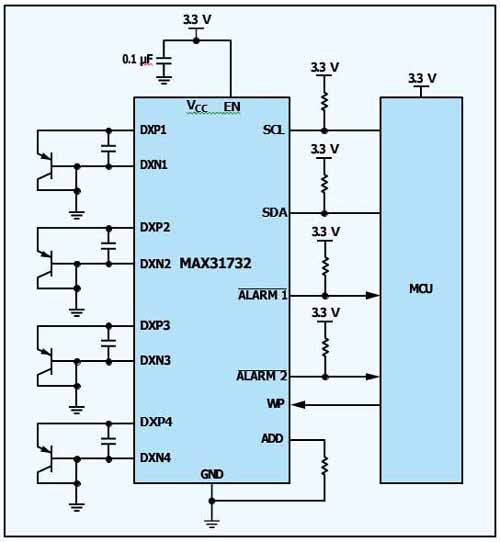
Conclusion
Choosing the right temperature sensor requires careful consid-eration of various factors, including application requirements, accuracy, surrounding conditions, output interface, power consumption, and cost. By understanding these factors and evaluating the available options, you can select a temperature sensor that meets your specific needs and ensures accurate and reliable temperature measurements in your application. Investing time and effort in choosing the right temperature sen- sor upfront can lead to improved performance, efficiency, and cost-effectiveness in the long run. Silicon temperature sensors have advanced significantly, becoming incredibly accurate to allow for a high degree of precision. In order to get exceptional accuracy, IC designers have put a great deal of work into cali- brated trimming.
About the Author
Mehrdad Peyvan joined Analog Devices in 1995 and has held various positions during that time. He is currently in charge of tempera- ture sensors and fan drivers in product applications in San Jose, California. He has an M.S. degree in electronics engineering.


